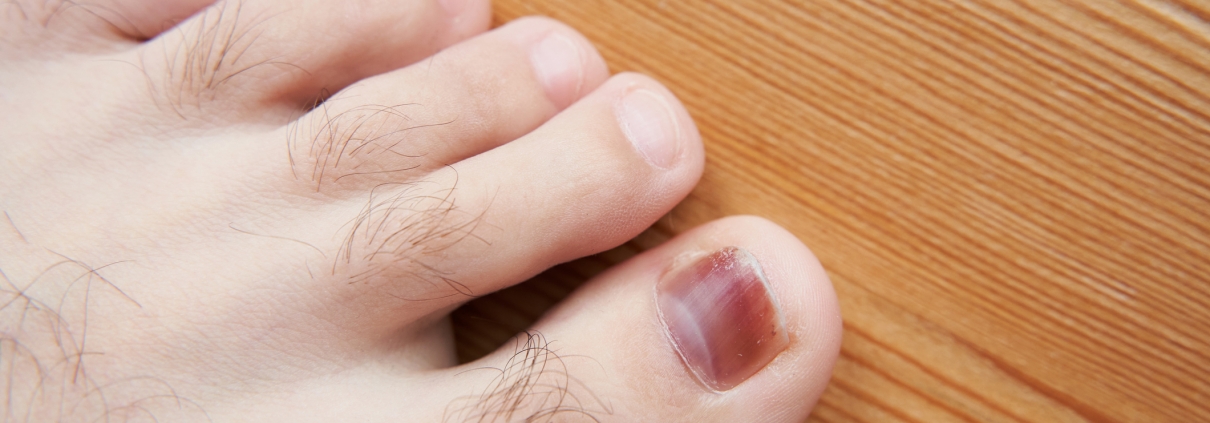Bleeding in the Nail
Bleeding in the nail, also known as a subungual hematoma, can be a concerning occurrence. It refers to the accumulation of blood under the nail bed, typically caused by trauma or injury to the finger or toe. Understanding the causes and appropriate care for bleeding in the nail is crucial for proper management and ensuring optimal nail health. In this article, we explore the causes, symptoms, and necessary steps to address bleeding in the nail.
Causes of Bleeding in the Nail
Bleeding in the nail most commonly occurs due to direct trauma or injury to the finger or toe. Some common causes include:
Accidental Impact: Bumping the finger or toe against a hard surface, such as a door, table, or wall, can result in bleeding under the nail.
Crush Injury: Applying excessive pressure or getting caught in a closing door or heavy object can cause blood to accumulate beneath the nail.
Stubbing: Stubbing the toe or finger forcefully can lead to bleeding in the nail bed.
Fingertip Injuries: Injuries that involve the fingertips, such as slamming them in a car door or getting them caught in machinery, can cause bleeding under the nail.
Symptoms of Bleeding in the Nail
The presence of bleeding in the nail is often visually evident. Common symptoms include:
Discoloration: The affected nail may appear dark, black, or purple due to the pooling of blood beneath the nail bed.
Pain and Tenderness: Bleeding in the nail can cause localized pain and tenderness around the affected area.
Pressure Sensation: As blood accumulates under the nail, individuals may experience a sensation of pressure or throbbing.
Immediate Care
When bleeding in the nail occurs, it is essential to take immediate action to alleviate discomfort and prevent further complications:
Elevate the affected hand or foot to minimize blood flow to the injured area.
Nail Bed Repair
In cases where the accumulation of blood under the nail is causing significant pain or pressure, a medical professional may need to relieve the pressure by draining the hematoma. This procedure involves making a small hole in the nail to release the trapped blood. It is typically performed under sterile conditions by a healthcare provider.
Bleeding in the nail, or subungual hematoma, can be a distressing occurrence. Understanding the causes, symptoms, and appropriate care for bleeding in the nail is crucial for promoting healing and minimizing discomfort. By promptly addressing the issue, seeking medical attention if necessary, and practicing proper nail care during the recovery period, individuals can ensure the best possible outcome and maintain optimal nail health. Remember, if you have any concerns or the bleeding persists or worsens, it is always advisable to consult a healthcare professional for a thorough evaluation and appropriate guidance.





